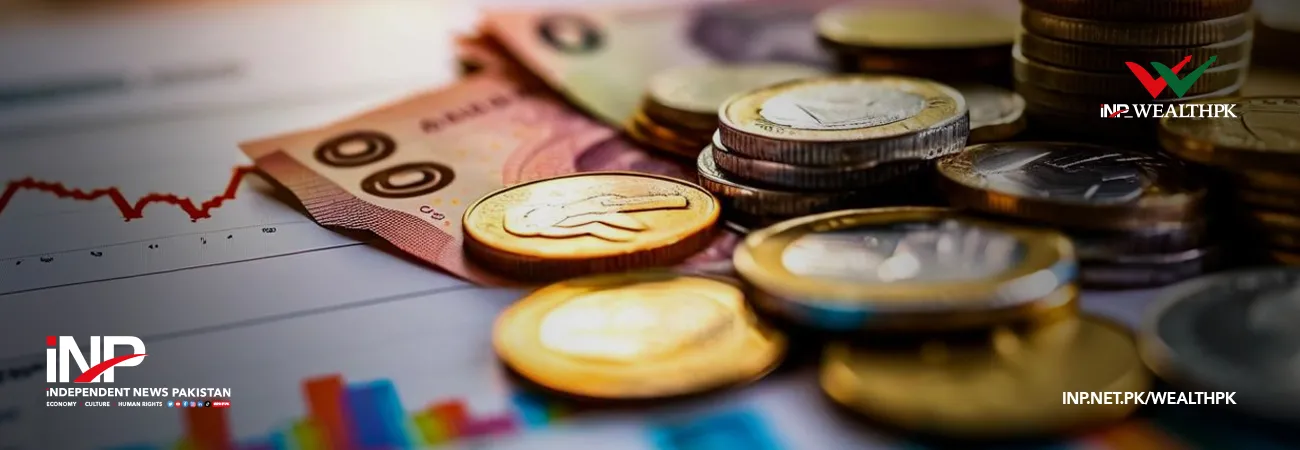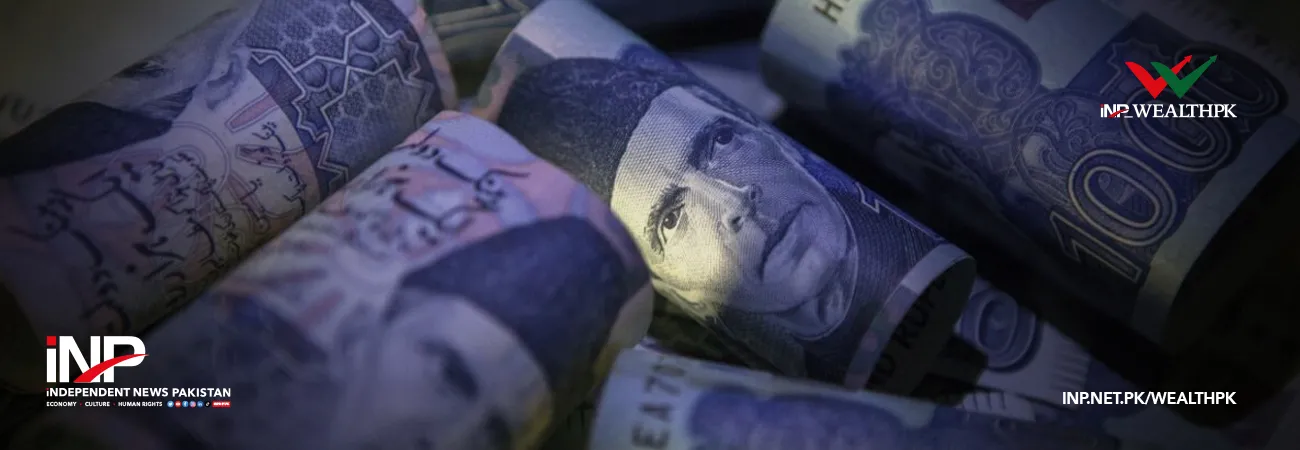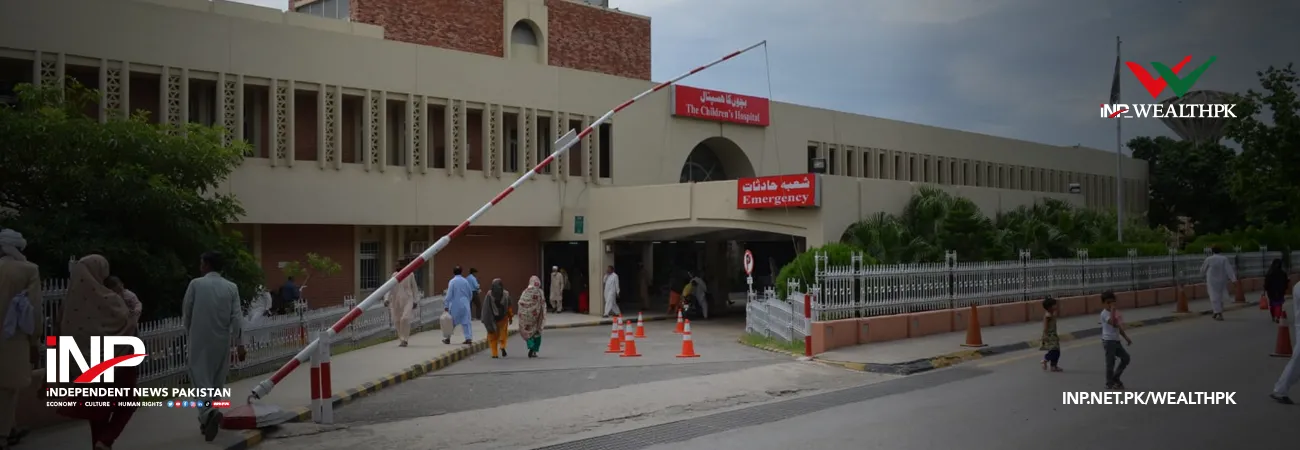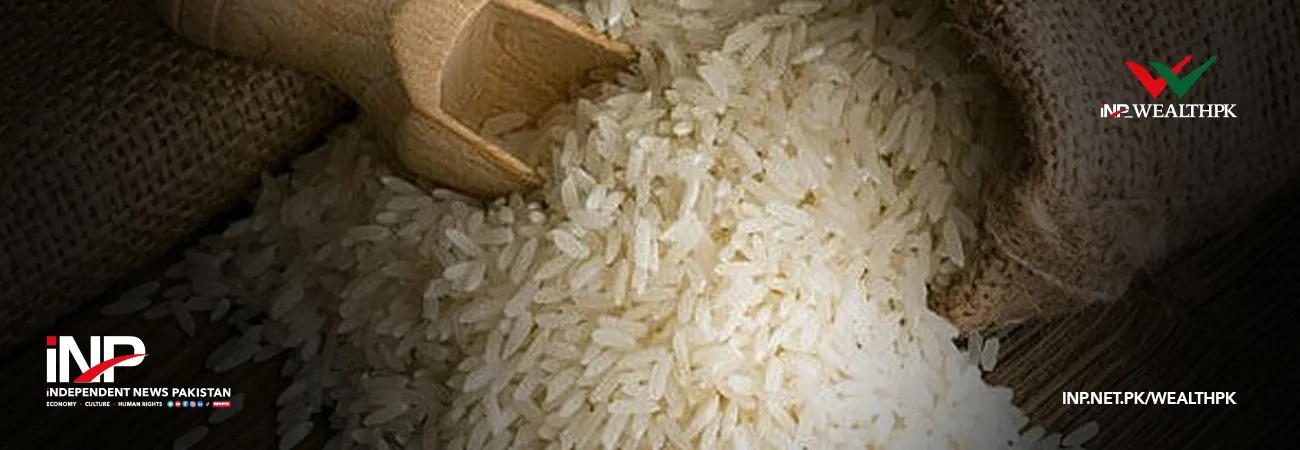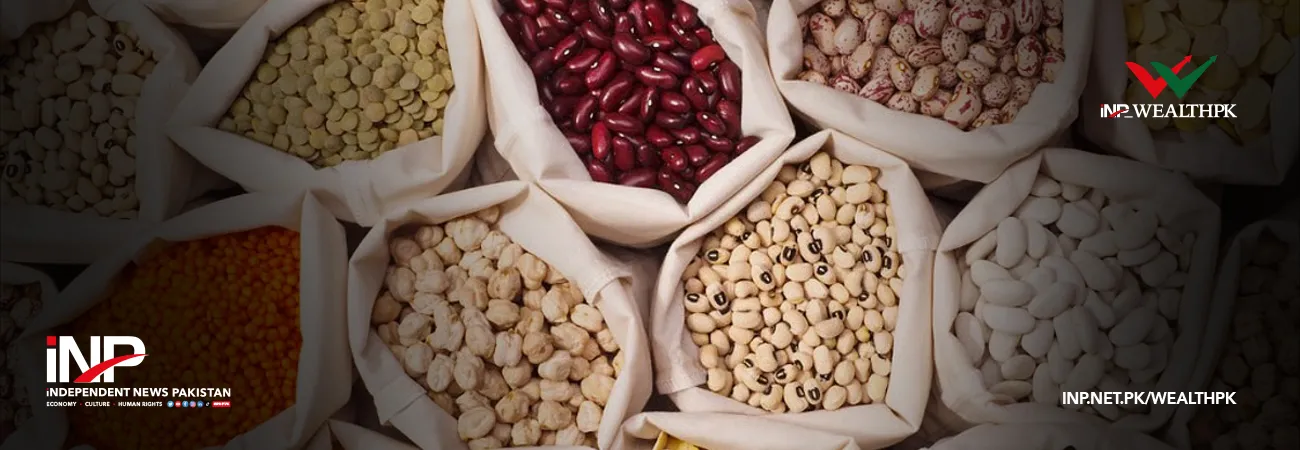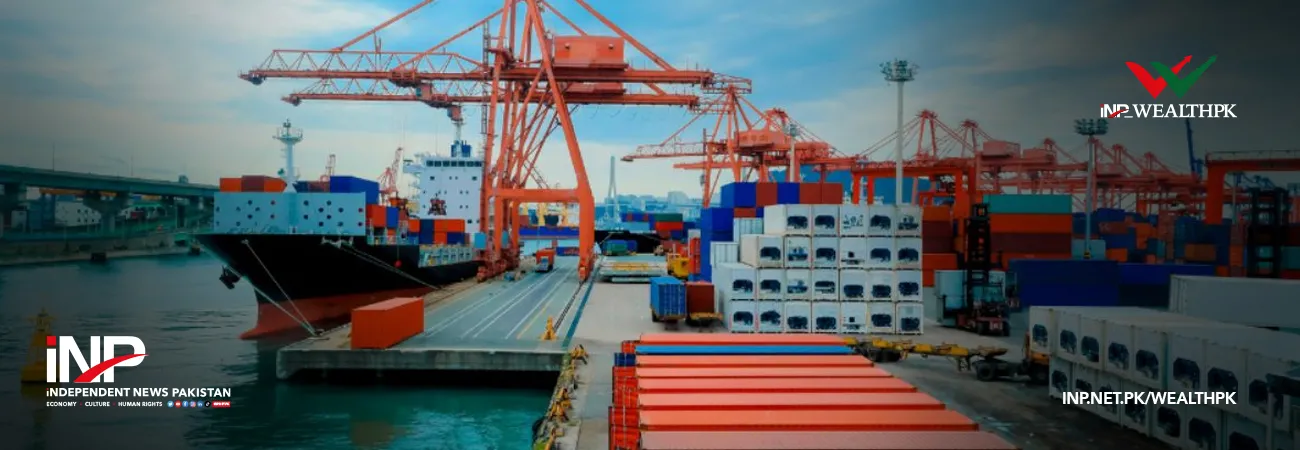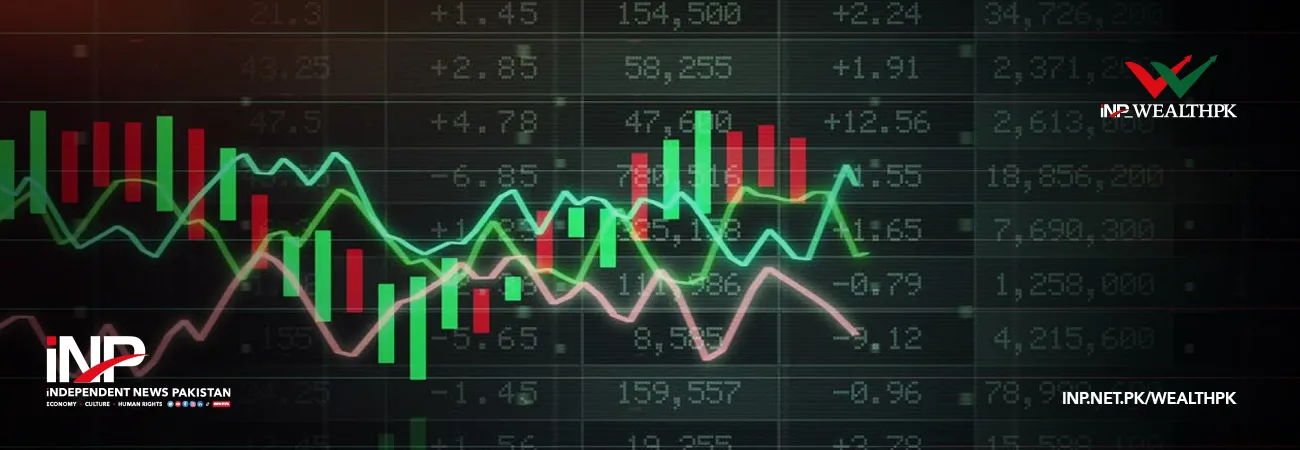INP-WealthPk
Jawad Ahmed ISLAMABAD, June 06 (INP-WealthPK): A stable exchange rate is critical for Pakistan's economic growth and macroeconomic stability. The country uses a free-float exchange rate regime, and forex market volatility is at an all-time high. Dollar supply is insufficient to meet the economy's demand. As a result, since the start of FY21-22, the rupee has lost 20% of its value against the US dollar. "The depreciation of the currency is driving up the cost of industrial and agricultural raw materials; shortcomings of this new wave could not be avoided by any sector of the economy," Dr. Ayaz Ahmed, a former senior research economist at the Pakistan Institute of Development Economics (PIDE), Islamabad, told WealthPK. "Merchandise trade, economic growth, capital flows, inflation, and interest rates can all be affected by abrupt fluctuation in the currency exchange rates. These variables influence the economy's consumption pattern directly or indirectly. The rising import bill is putting pressure on the supply of and demand for foreign reserves,” he said. The provisional data of the State Bank of Pakistan has reported that the import bill of commodities surged to $59.8 billion against exports of $26.852 billion in the first 10 months (July-April) of the ongoing fiscal year 2022. The balance of trade recorded a deficit of $32.948 billion. The huge trade imbalance is eating up a large amount of the country’s foreign reserves. “The recent round of currency devaluation would intensify the current economic situation in Pakistan. This circumstance will hurt everyone from business owners to fruit vendors," said Dr. Ayaz. He noted that most raw materials and industrial machinery were imported from other countries, which accounted for the largest share of our import expenditure. Furthermore, the costs of oil, petroleum, and electricity, which are used to power the industry, will rise, increasing the cost of production inputs. As a result of removing subsidies for energy and a rise in petroleum prices, the cost of everyday essentials will climb even higher, and industrial production will plummet. The research economist was concerned about the country's escalating food inflation linked to the oil prices directly or indirectly. "Any increase in oil prices affects input costs (fertilizer, transportation, and machinery), which is reflected in food prices." He argued that hoarding and illegal smuggling of wheat and agricultural products to Afghanistan were also among the causes of rising food prices in Pakistan. On the other hand, contractionary monetary policy also stifles industrial growth. Hit by the double blow of currency depreciation and tightening monetary policy, individual purchasing power will be squeezed, and economic growth will be hindered. According to experts, this circumstance will result in a decrease in productivity and an increase in unemployment. These abrupt shocks have a negative impact on the economy. Apart from the recent global hike in inflation, Pakistan's economy has had some consistent problem that leads to running out of the currency reserves. As its current account deficit widens, Pakistan must take concrete steps to enhance exports while limiting imports, which has prompted the country to seek IMF assistance after some time.




